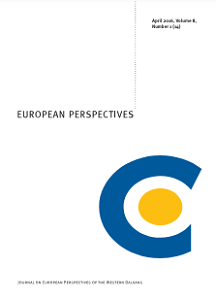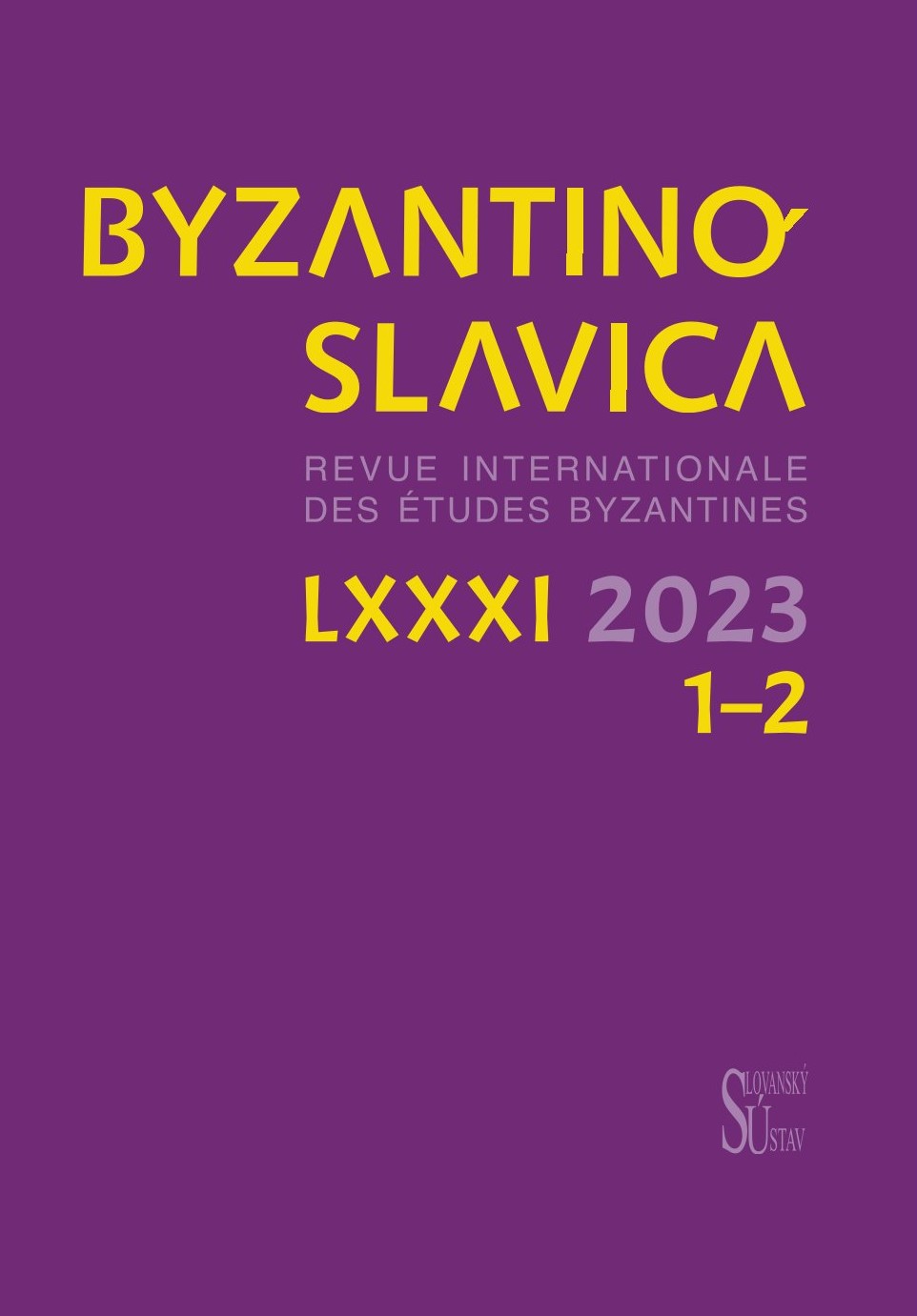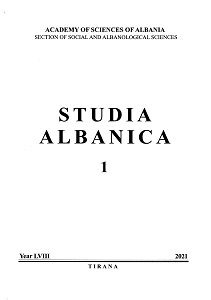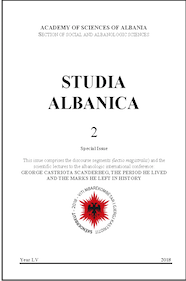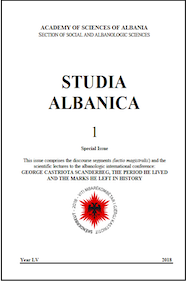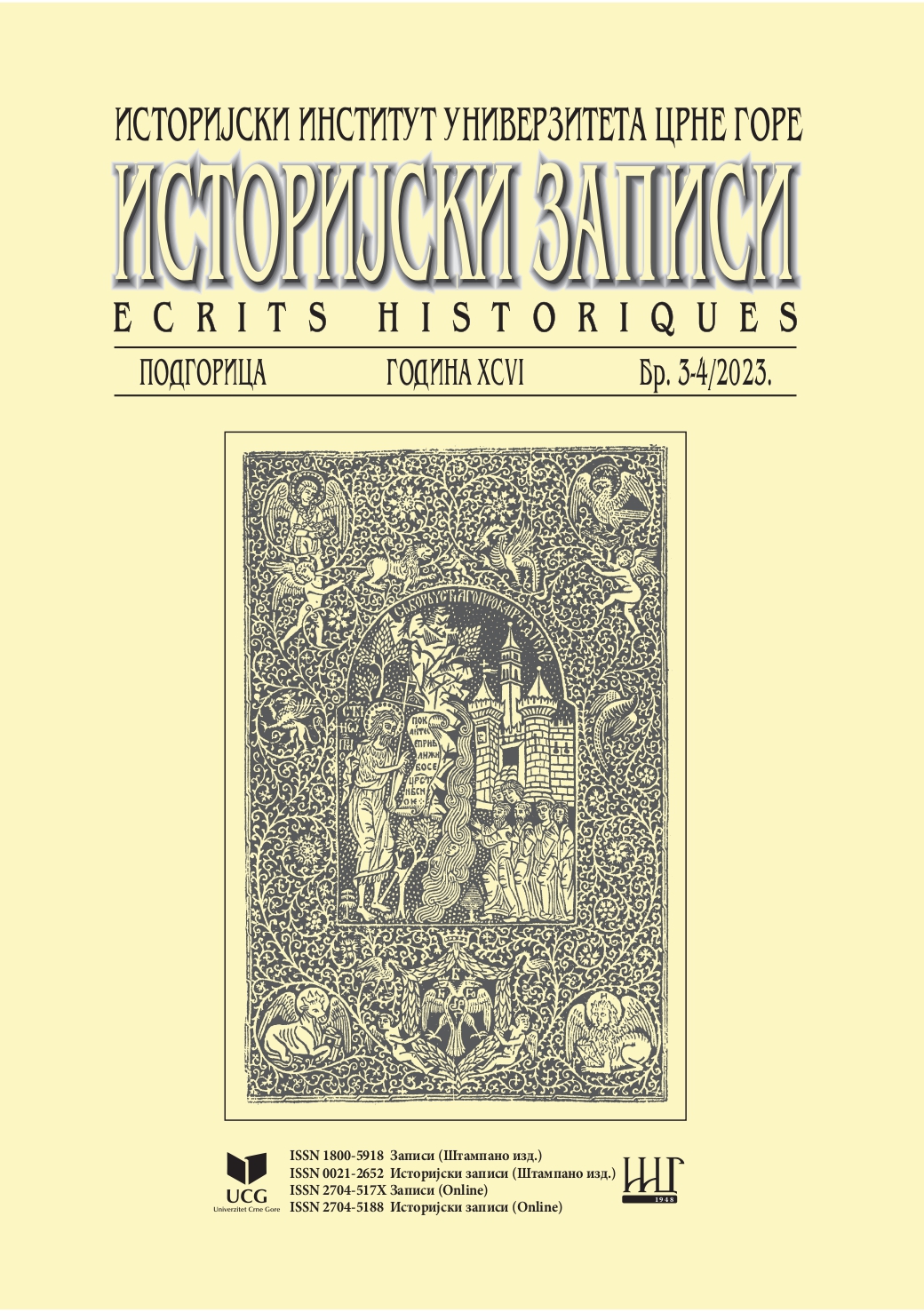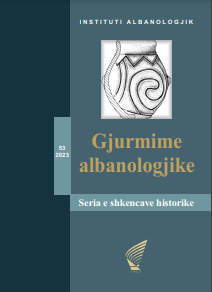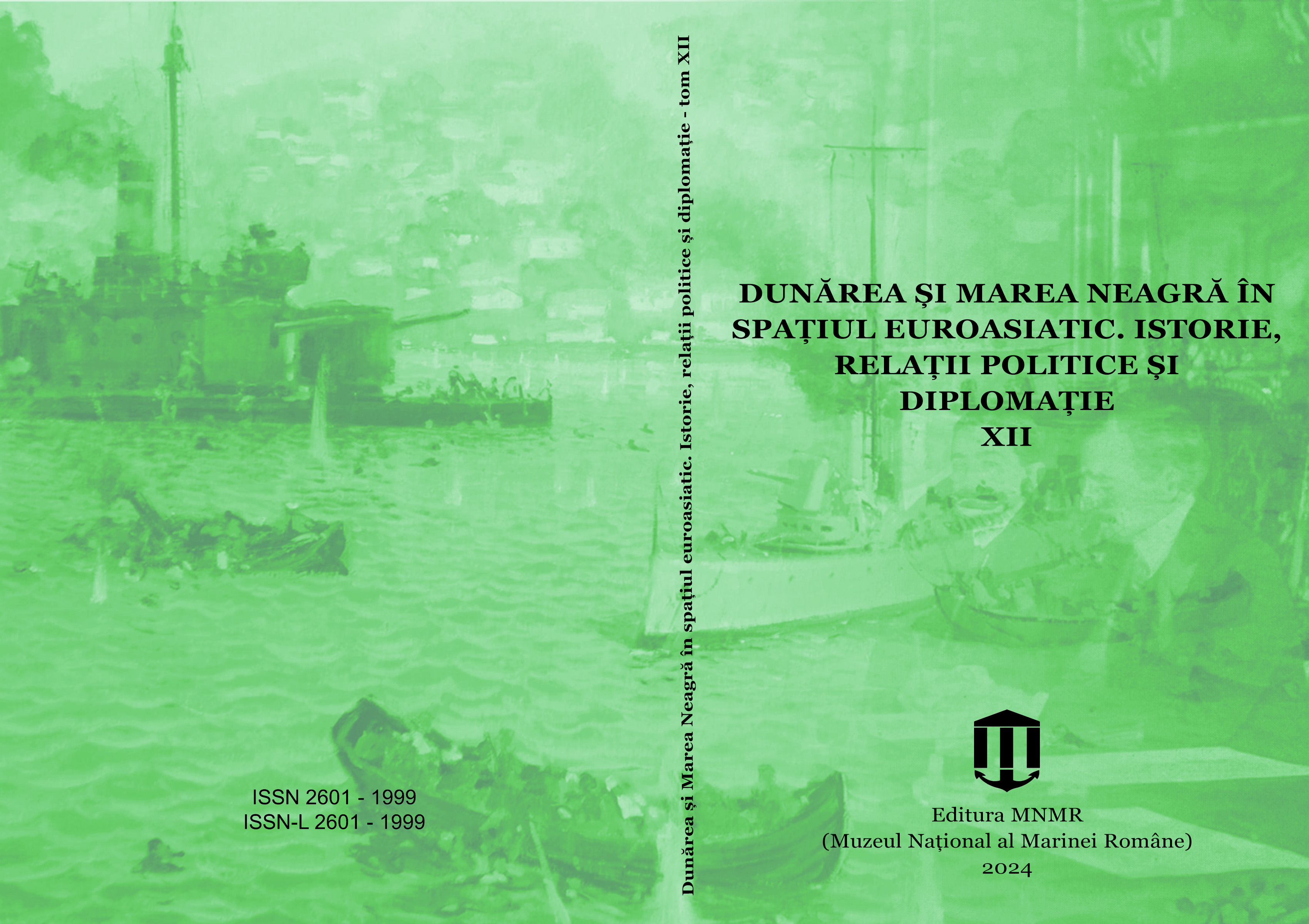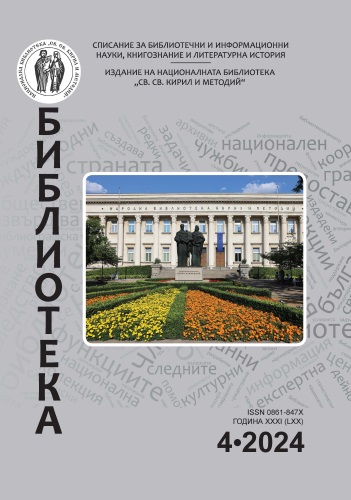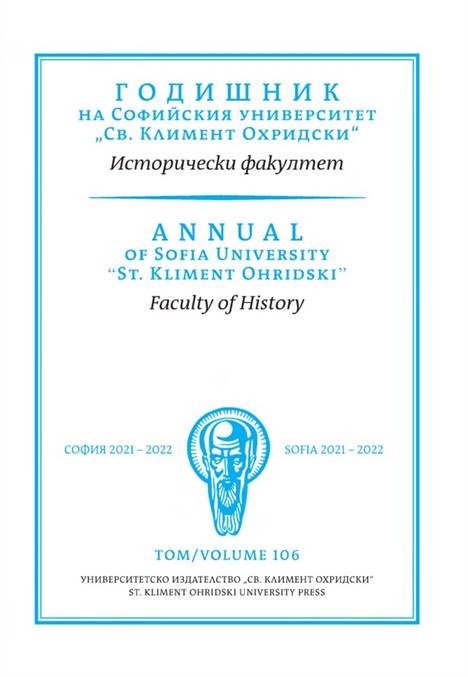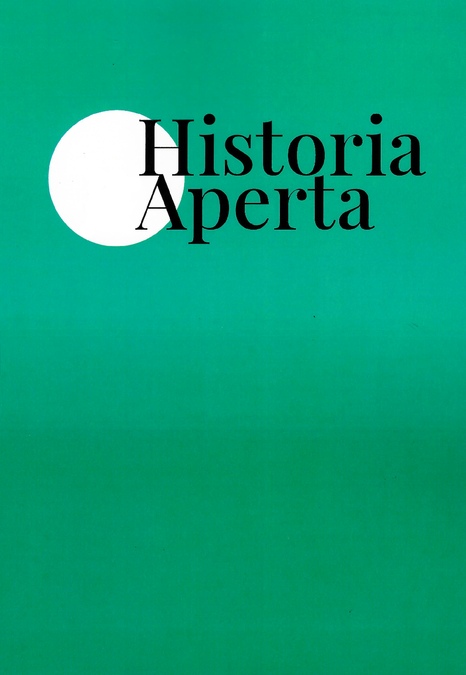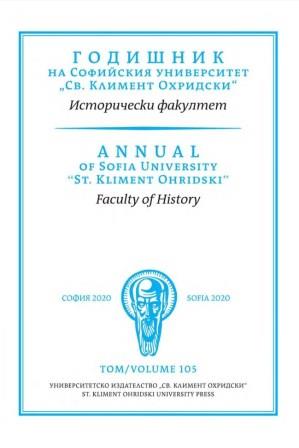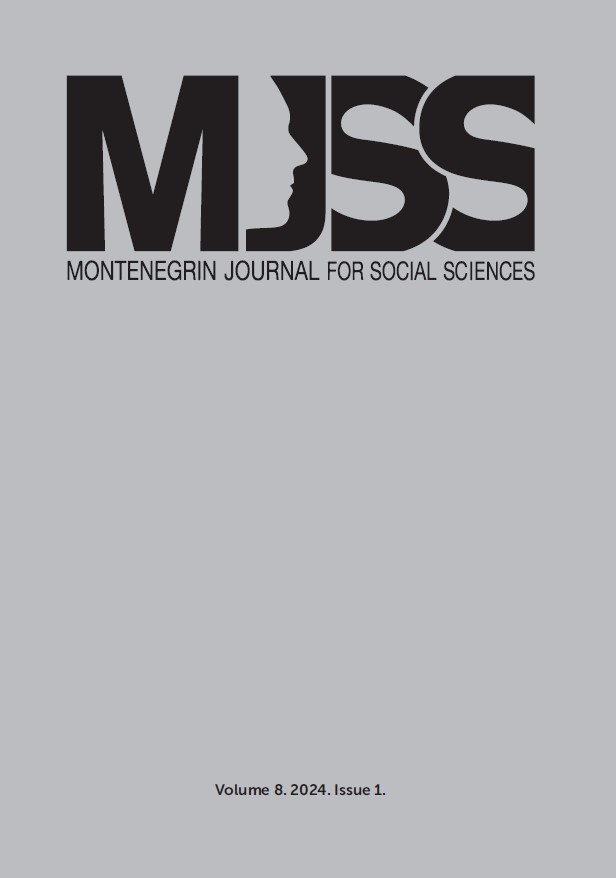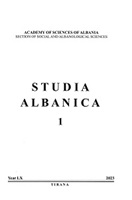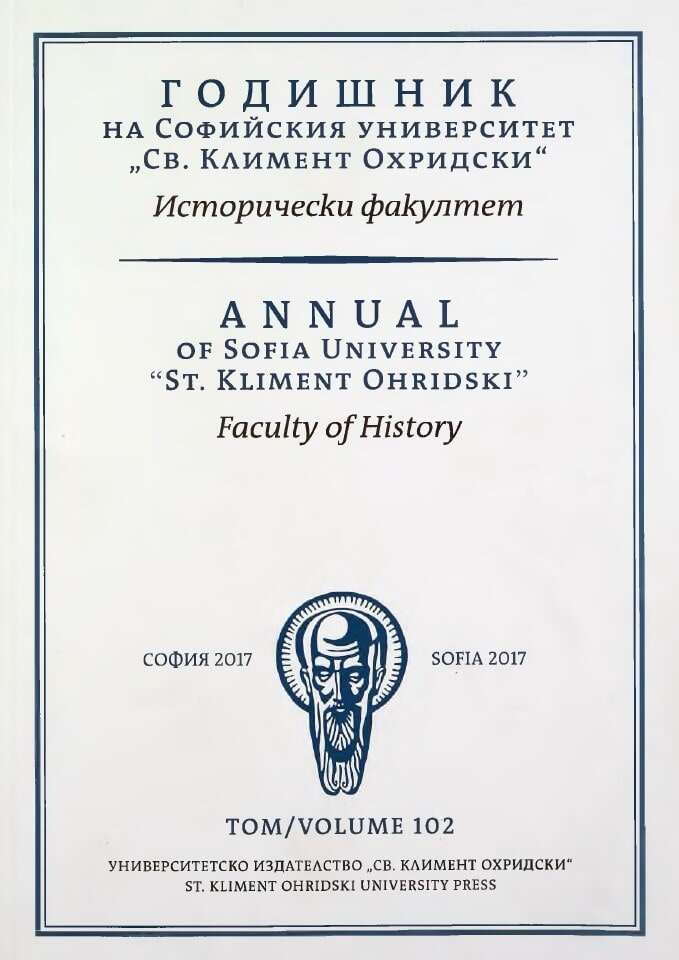Author(s): Pëllumb Xhufi / Language(s): English
Issue: 01/2023
Generally speaking, there are two juridical systems in Europe: the continental one, based on the positive law and the Anglo-Saxon juridical system based on the common law1. In the history of the European peoples the latter reflects a primitive stage in the society. But, starting with the Codex of the Illyrian Emperor Justinianus (6th C), elements of the common law have been integrated into the various legal codes published anywhere.2. 1 Joseph Dainow, “The Civil Law and the Common Law: some points of comparison”, in: The American Journal of Comparative Law, 15, no. 3 (1966-1967), p. 419 and then; Lisa Bénou, “Droit positif-droit coutumier: une relation conflictuelle ou un dialogue continu”, në: L "Homme et son environnement dans le Sud-Est Européen, Actes du Xe Congrès de l’Association Internationale du Sud-Est Européenne, Paris 24- 26 Septembre 2009, éd. Association Pierre, Paris, 2011, p. 252, 253. 2 G. Ostrogorsky, Storia dellTmpero Bizantino, Torino: Einaudi, 1968, f. 65-66. 3 “omnes bonos usus et consuetudines eorum”. Acta et Diplomata res Albaniae mediae aetatis illustrantia, bot. L. Thalloczy, C. Jirecek, M. Sufflay, vol. I, Adolph Holzhausen, Wien, 1913, no. 269, p. 77. 4 J. Huillard-Bréholles, Historia Diplomatica Frederici II, vol. I, Parisiis, 1859, p. CDXIII; vol. IV, f. 182; vol.V, f. 958; J. Ficker, Forschungen zur Reichs-und Rechtsgeschichte Italiens, I. Band, Innsbruck, 1868, p. 364-365; D. Abulafia, Frederick In Albania, the common law is explicitly mentioned in two letters of the year 1272 from the King of Naples, Charles of Anjou, who by that time was also proclaimed “King ofAlbania” (Rex Albaniae). In the said letters addressed to the nobility of the land and to the patricians of Albanian towns, Charles promised that he “would observe all their good practices and customs”3 However, these “good practices and customs” would have to cohabitate with the feudal law ofthe Kingdom ofNaples, as it has been made up from the time of Frederick II Hohenstaufen into the so-called “Constitution ofMelfi”.
More...
